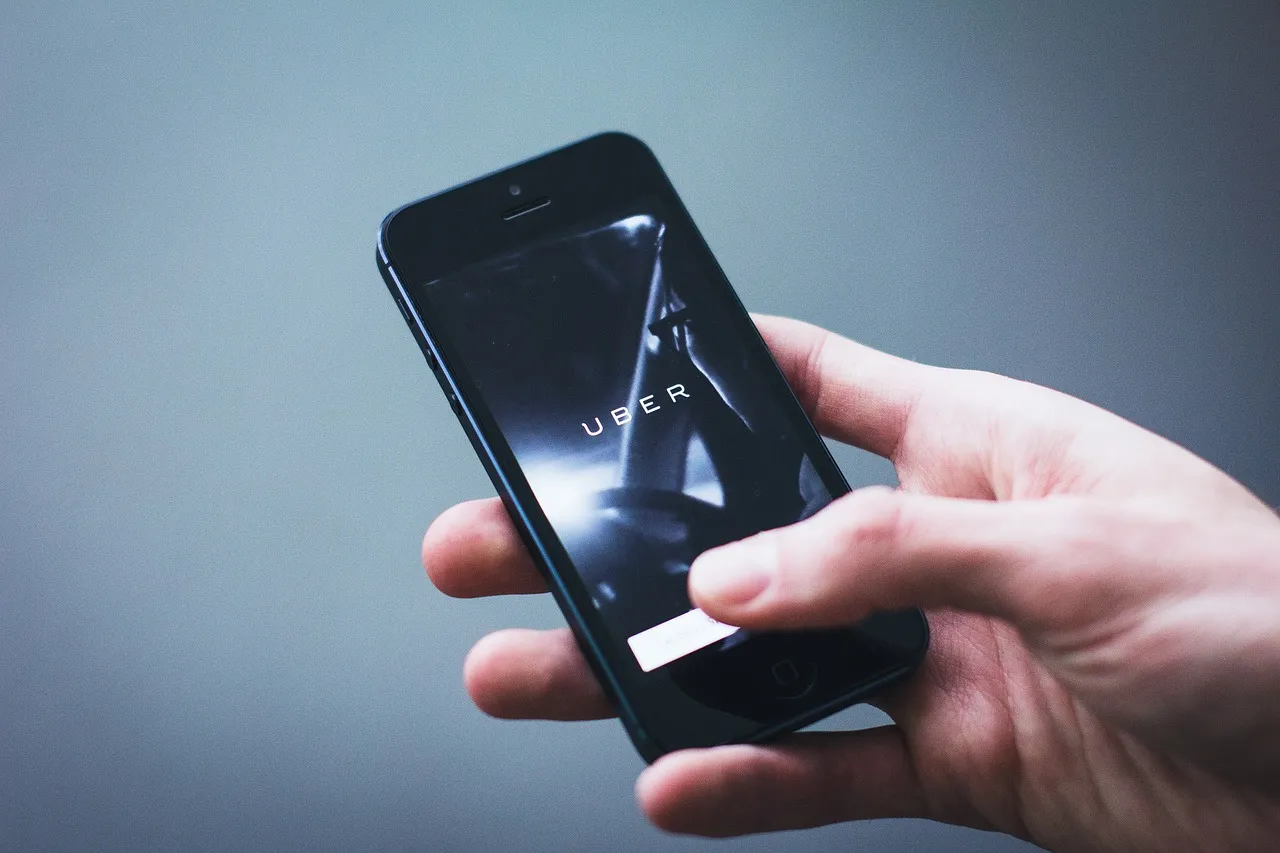
In an era dominated by rideshare services like Uber and Lyft, the convenience of a quick and accessible ride has become a societal norm. However, beyond the convenience lies a spectrum of potential risks and dangers that passengers may not always be aware of.
In this article, we will discuss the risks that could lurk in your next Uber ride, shedding light on various aspects of safety concerns.
The Dark Side of Rideshare Lawsuits
The surge in rideshare-related lawsuits has brought to light a troubling reality, where passengers find themselves entangled in a legal quagmire. Over the past few years, numerous individuals have accused both Uber and Lyft of neglecting to ensure safe conditions, resulting in sexual assault incidents.
ConumerNotice.org states that the consolidation of cases into federal multidistrict litigation has highlighted the scale of the issue, with 187 lawsuits pending.
According to TorHoerman Law, these legal battles bring forth critical questions regarding the responsibility of rideshare giants in ensuring passenger safety. The allegations assert that Uber and Lyft have inadequately implemented safety precautions, leaving passengers vulnerable to harm.
Judges overseeing these Lyft and Uber sexual assault cases face the challenge of addressing these claims while navigating the complexities of the legal system. As these lawsuits progress, the outcomes may reshape the rideshare landscape, prompting companies to reevaluate their safety measures to prevent further legal entanglements.
The Vulnerability of Late-Night Rides
Late-night rides, while seemingly routine, harbor a unique set of risks that passengers may not always consider. As the sun sets, the chances of encountering intoxicated or aggressive individuals increase, creating an environment where vulnerability prevails.
The dimly lit drop-off locations further amplify these risks, leaving passengers exposed to potential dangers. Navigating through the shadows of late-night rides requires a heightened sense of awareness.
Passengers must exercise caution, choose well-lit pick-up and drop-off points, and consider alternative transportation methods if the risks seem too high. Rideshare companies, too, must play a role by implementing additional safety features specifically tailored for late-night journeys.
Inadequate Background Checks
While rideshare platforms claim to conduct comprehensive background checks on their drivers, the reality often falls short. Some cases have exposed the flaws in these screenings, revealing instances where individuals with criminal histories slipped through the cracks.
The inadequacy of these background checks puts passengers at potential risk. According to AboutLawsuits, four Uber sexual assault plaintiffs filed a lawsuit, citing insufficient background checks as a key factor in the alarming incidents. Addressing this issue requires a reevaluation of the screening processes employed by rideshare companies.
Stricter criteria, frequent updates, and collaboration with law enforcement agencies could contribute to a more robust system that prioritizes passenger safety over convenience.
Trusting Strangers Behind the Wheel
Rideshare services, by their nature, demand a level of trust from passengers as they entrust strangers with their safety. However, this reliance can foster a false sense of security, as passengers may assume that the platform thoroughly vets its drivers.
Exploring the psychological dynamics of trust in rideshare scenarios reveals potential dangers and the importance of staying vigilant. Passengers should be encouraged to maintain a level of awareness during their rides.
This includes verifying the driver’s identity, sharing trip details with friends or family, and reporting any suspicious behavior promptly. Rideshare companies, on the other hand, must continually educate users on safety practices and reinforce the importance of not letting their guard down.
The Menace of In-Car Cameras
In-car cameras, touted as a safety measure, bring forth a dual-edged sword with concerns about privacy and surveillance. While the intention is to enhance safety through monitoring, questions arise regarding potential misuse and invasion of passengers’ privacy.
Striking a balance between safety and privacy becomes crucial in evaluating the effectiveness and ethical implications of these measures.
Passengers need reassurance that the implementation of in-car cameras aligns with privacy standards. According to ABC News, Uber asserts that the recorded videos are encrypted and inaccessible, even to the drivers themselves. Rideshare companies must establish clear policies on camera usage, ensuring that the primary focus remains on safety without compromising the privacy rights of passengers.
The Risks of Unregulated Routes
Rideshare drivers often rely on navigation apps to determine the most efficient routes. However, the risk arises when drivers deviate from standard routes, leading passengers into unfamiliar and potentially unsafe areas.
Understanding the implications of unregulated routes sheds light on the importance of vigilance during the journey. Passengers should actively participate in the navigation process, questioning deviations and ensuring their safety is not compromised.
Rideshare companies need to implement measures that discourage drivers from taking unapproved routes and educate them on the importance of adhering to predetermined paths.
Physical and Cyber Threats
The ease of summoning a ride with a tap on a smartphone introduces a set of risks, both physical and cyber. Passengers may find themselves facing confrontations with unruly co-passengers, raising concerns about their physical safety.
Simultaneously, the reliance on technology exposes users to potential cyber threats, with data breaches and privacy concerns lurking in the background. Addressing these hidden costs necessitates a dual approach.
Passengers must be vigilant, reporting any unsafe incidents promptly, while rideshare companies should invest in robust cybersecurity measures to protect user data. Creating a comprehensive safety net requires acknowledging and mitigating both physical and digital risks associated with the accessibility of rideshare services.
In conclusion, rideshare services offer unparalleled convenience, yet beneath the surface lies a world of potential risks. The surge in lawsuits, vulnerability during late-night rides, and inadequacies in background checks underscore the imperative need for enhanced safety measures.
Trust in strangers behind the wheel demands a careful balance, urging passengers and companies alike to prioritize vigilance and education. In-car cameras, while aiming for safety, raise valid concerns about privacy, requiring transparent policies.
The risks of unregulated routes also emphasize the necessity for a holistic approach to passenger safety. As the rideshare landscape evolves, addressing these multifaceted perils is essential to foster a safer and more secure transportation experience for all.





